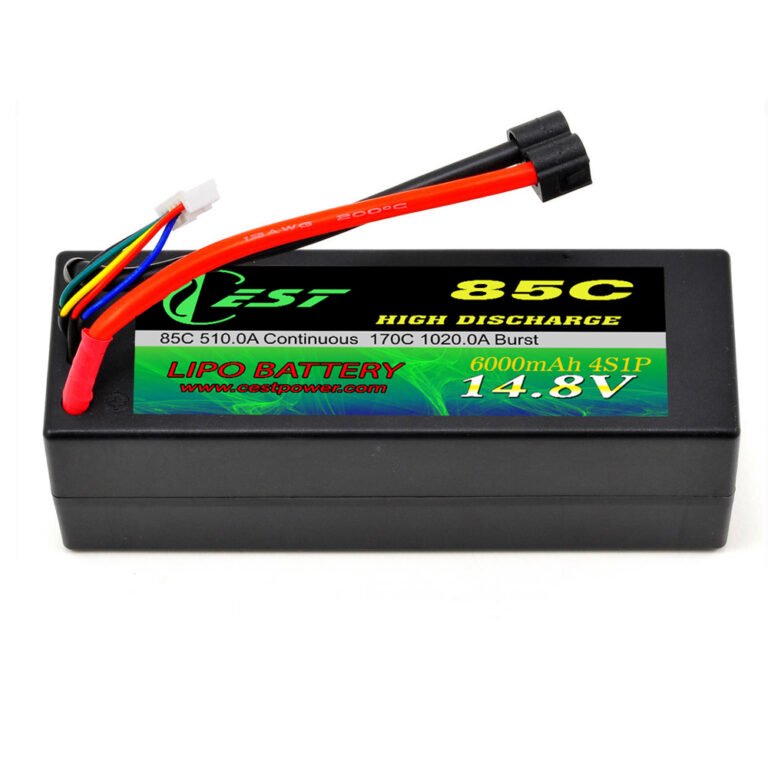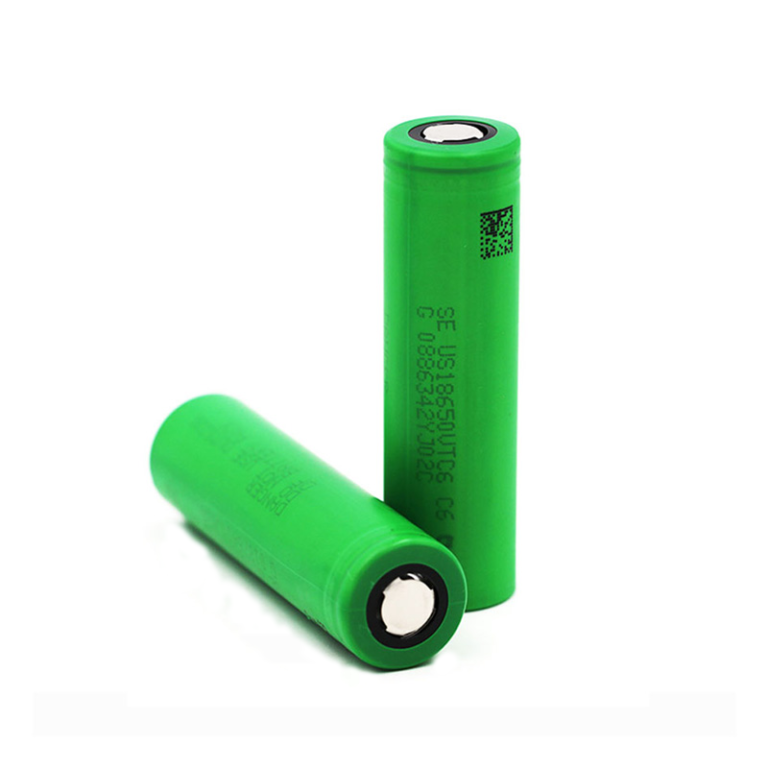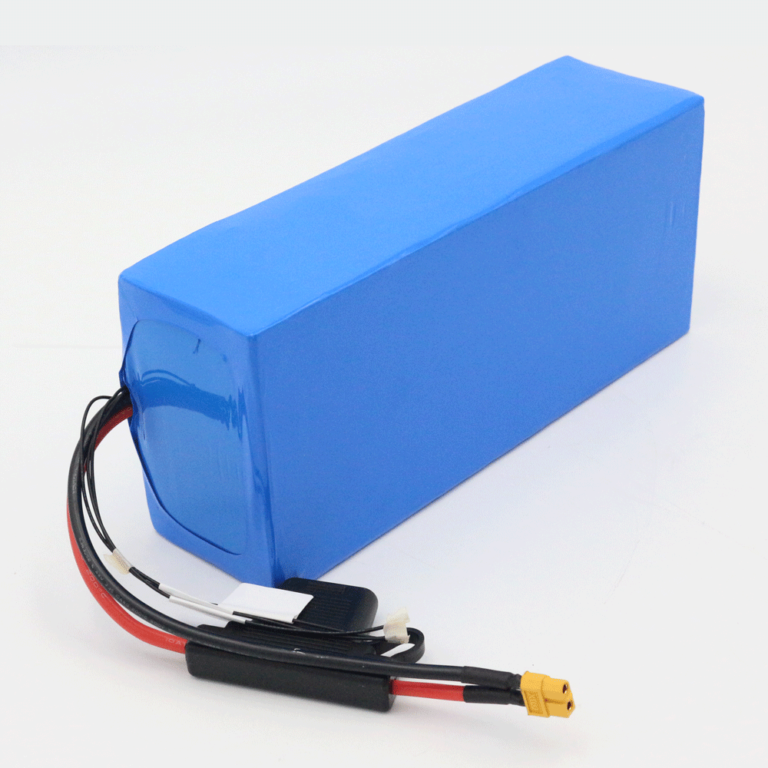The 18650 battery is a rechargeable lithium-ion battery commonly used in a variety of electronic devices. These batteries have become popular due to their high energy density, low self-discharge, and long lifespan. However, like any battery, the 18650 battery has a limited lifespan and will eventually die. In this article, we will explore when an 18650 battery is considered dead and what factors contribute to its lifespan.
First, let’s define what we mean by a “dead” battery. A dead battery is one that can no longer hold a charge or deliver the expected amount of power. In the case of an 18650 battery, this means that the battery’s capacity has significantly degraded, and it can no longer provide the same amount of energy as it did when it was new.
There are several factors that can contribute to an 18650 battery’s lifespan, including:
Number of charge cycles: The number of times a battery is charged and discharged can have a significant impact on its lifespan. Most 18650 batteries have a rated lifespan of around 500 charge cycles, although some higher-end batteries can last up to 1000 cycles or more. Each charge cycle degrades the battery’s capacity slightly, so the more cycles a battery goes through, the faster it will degrade.
Temperature: High temperatures can accelerate the degradation of an 18650 battery. In general, lithium-ion batteries perform best at room temperature (around 20-25°C). Exposure to high temperatures, such as leaving a battery in a hot car or using it in an extremely hot environment, can cause the battery to degrade more quickly.
Depth of discharge: The amount of energy that is drawn from a battery during each use can also impact its lifespan. Lithium-ion batteries are designed to be discharged partially rather than fully, with most manufacturers recommending a depth of discharge of around 80%. Deeper discharges can cause more stress on the battery and lead to faster degradation.
So, when is an 18650 battery considered dead? There is no set timeframe for when a battery will die, as it depends on a variety of factors, as we have discussed. However, as a general rule, an 18650 battery is considered dead when its capacity has degraded to around 70-80% of its original capacity. At this point, the battery will no longer hold a charge for as long as it did when it was new, and its performance may be noticeably reduced.
It’s important to note that not all 18650 batteries will degrade at the same rate, even if they are subjected to the same conditions. Battery quality, manufacturing processes, and other factors can all play a role in determining a battery’s lifespan.
So, what can you do to extend the lifespan of your 18650 batteries? Here are a few tips:
Charge your batteries properly: Follow the manufacturer’s instructions for charging your batteries, and avoid overcharging or undercharging them. Many modern chargers have safety features built-in to prevent overcharging, but it’s still important to monitor your batteries while they are charging.
Store your batteries properly: When not in use, store your batteries in a cool, dry place away from direct sunlight and heat sources. Avoid storing them in extreme temperatures or high-humidity environments.
Use your batteries properly: Try to avoid deep discharges and use your batteries within their recommended specifications. Don’t use them in extreme temperatures or environments that could cause them to overheat.
In conclusion, an 18650 battery is considered dead when its capacity has significantly degraded and it can no longer deliver the expected amount of power. The lifespan of an 18650 battery depends on several factors, including the number of charge cycles, temperature
Related Products
Sony US18650VTC6 3000mAh 10C 30A High-Drain 3.7V 18650 Battery Cell for Vape, E-Bikes & Scooters
Molicel High Discharge 18650/21700 Battery Cells – 2500mAh to 4200mAh, 20A–45A (P26A, P28A, P28B)
Samsung INR18650 29E A-Grade 3.7V 2900mAh Lithium-Ion Battery Cell by SDI
18650 Lithium-Ion Battery Cell 2600mAh with 3C Discharge Rate for Daily Electronics






